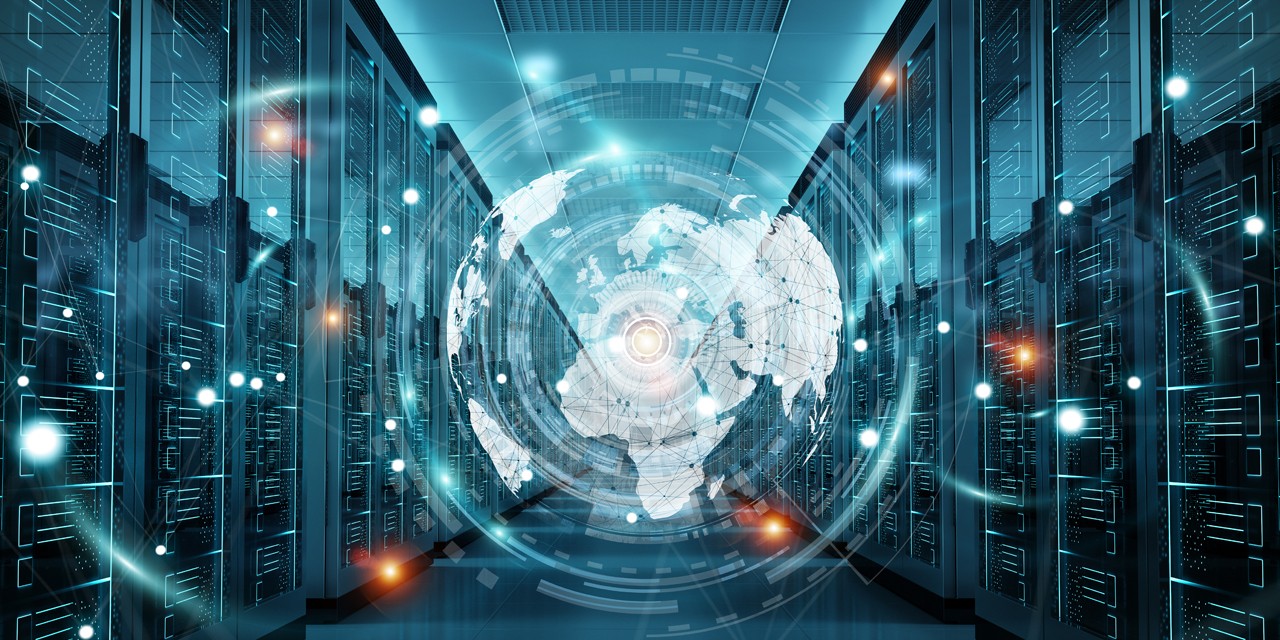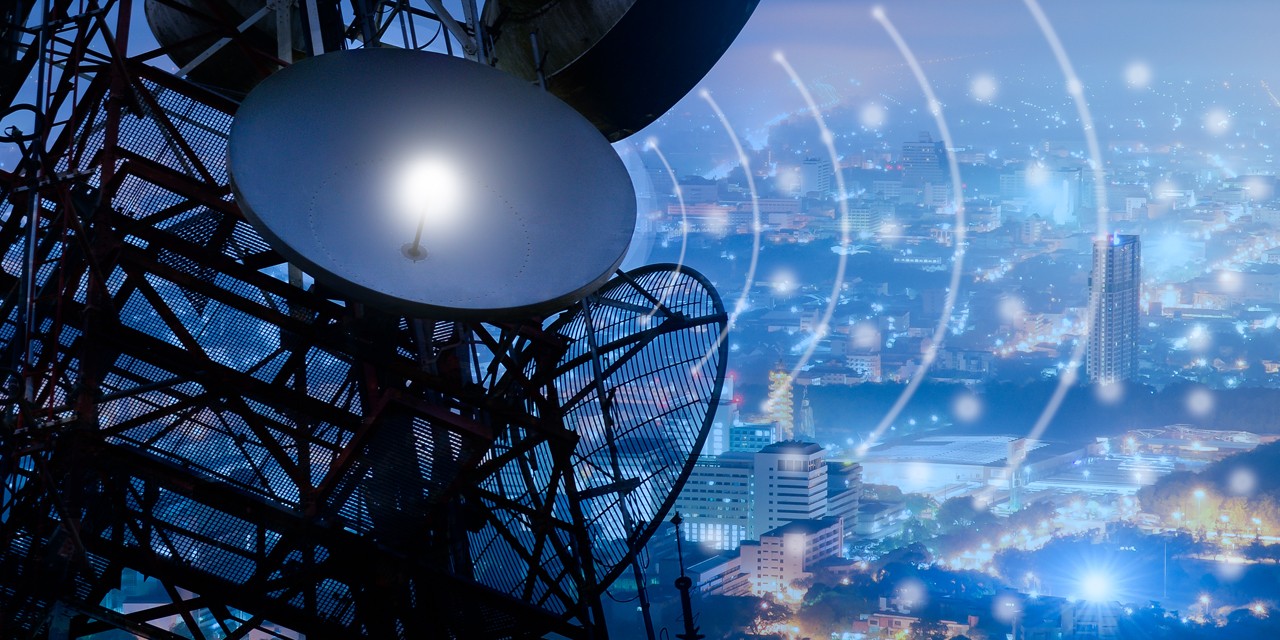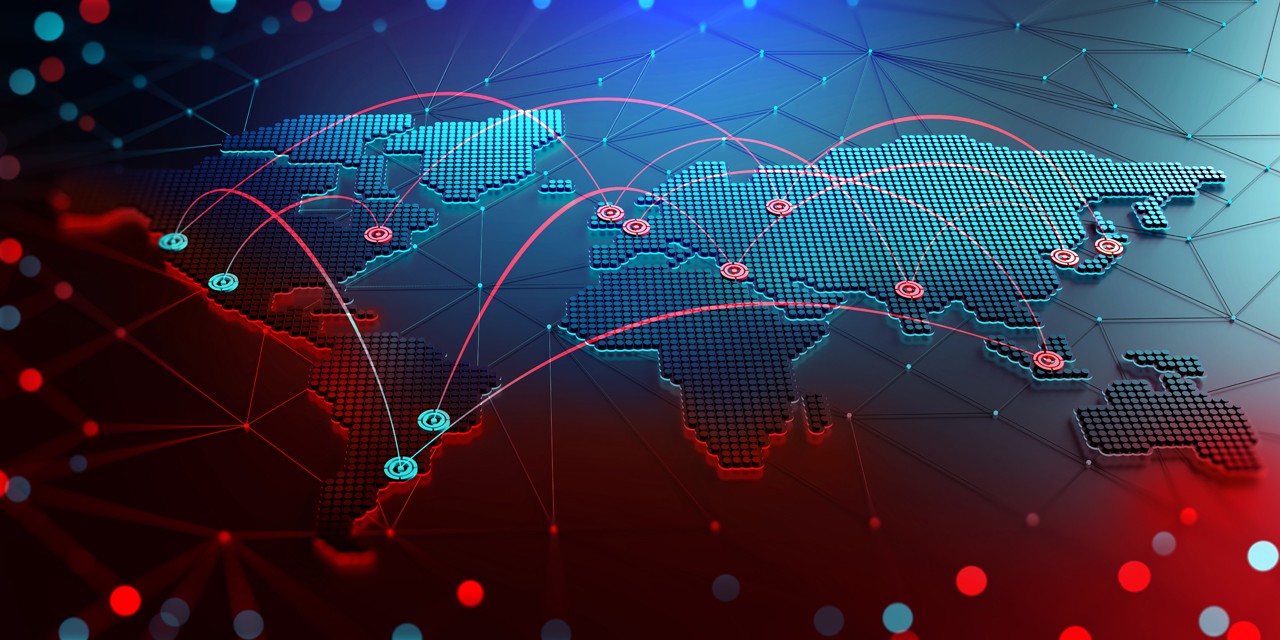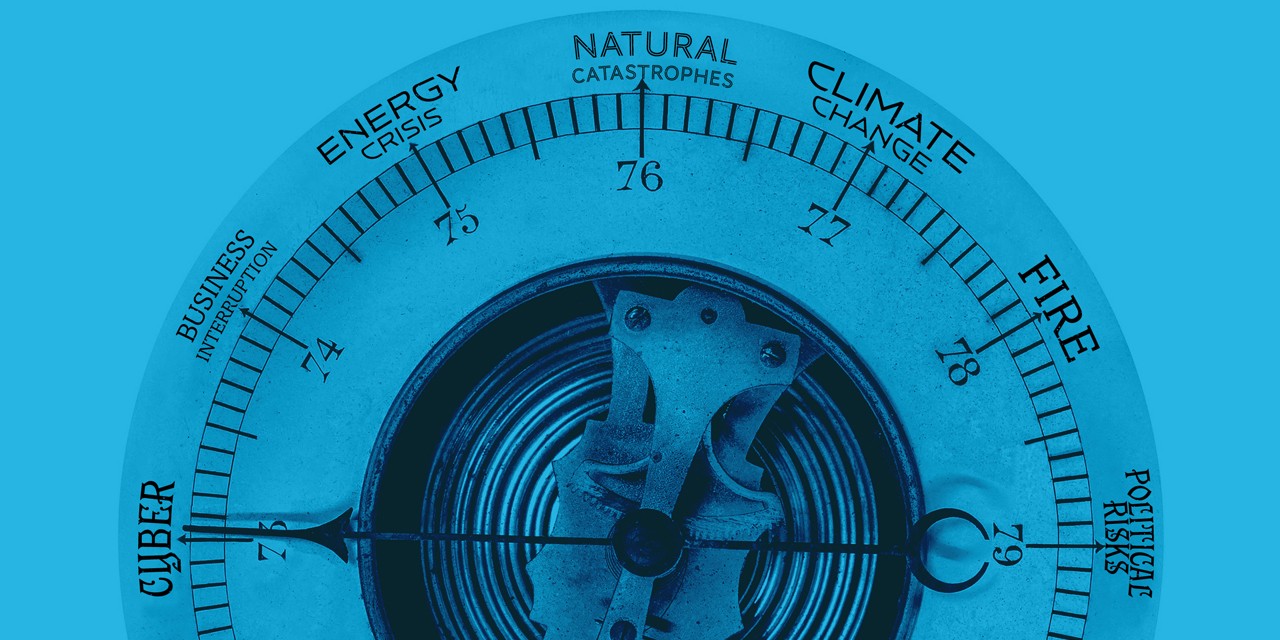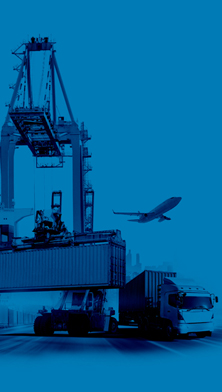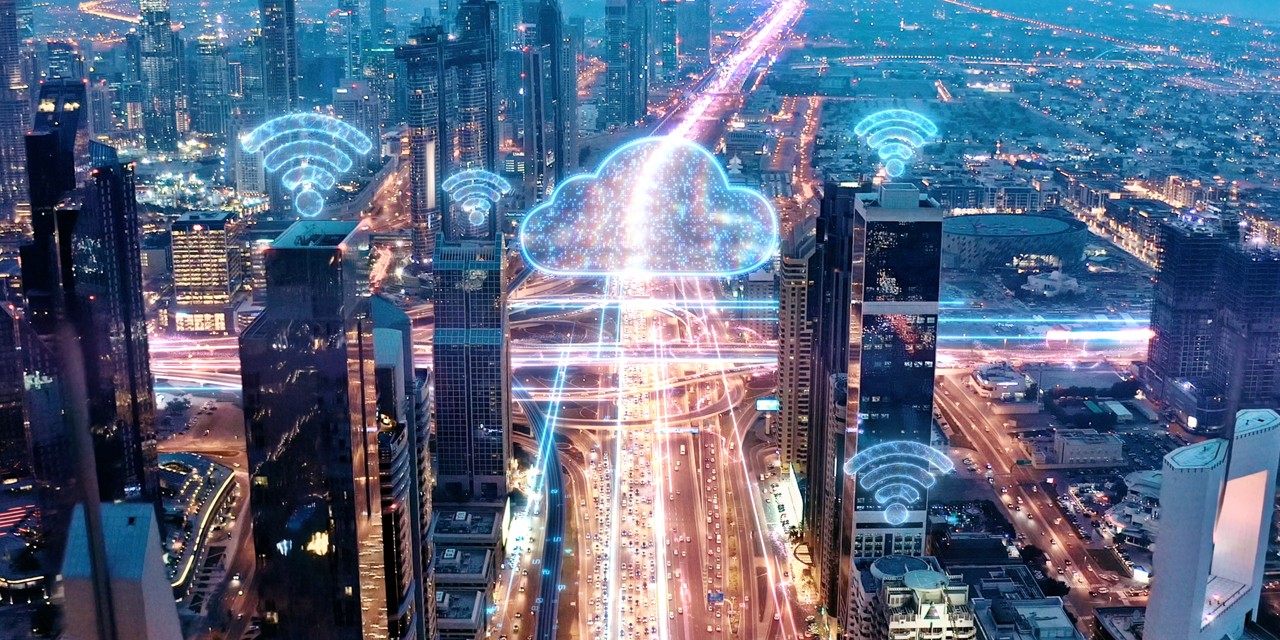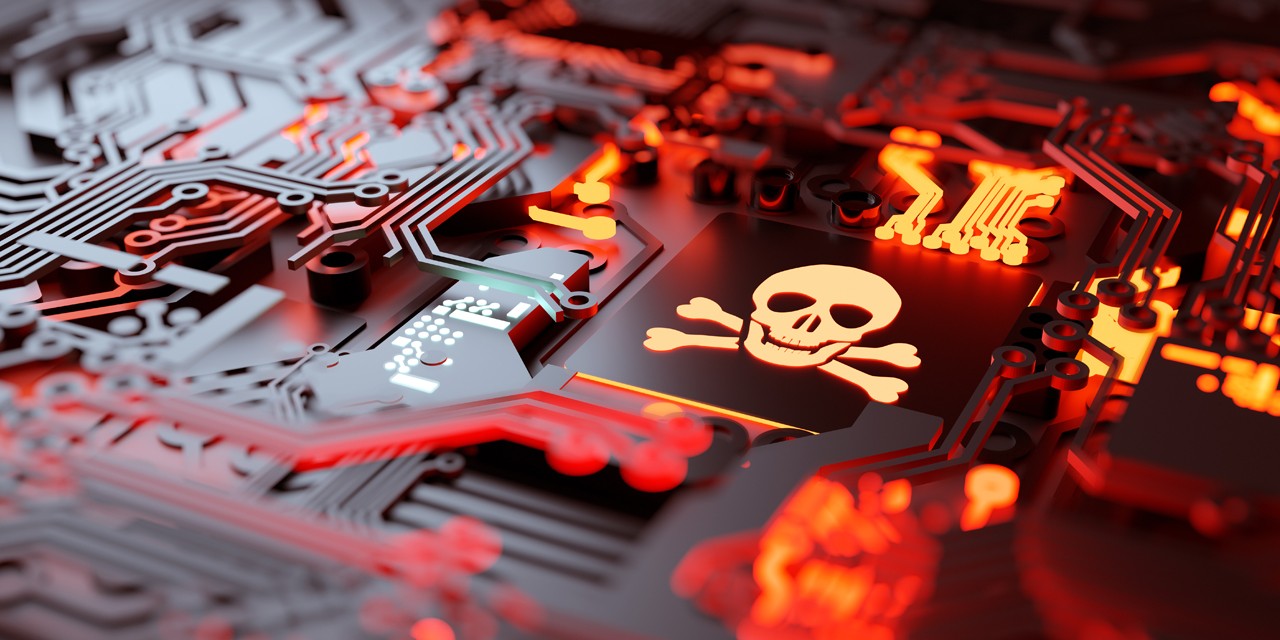Global Industry Solutions Outlook Q&A - Technology, Media & Telecommunications
Risk trends and future opportunities
How do you view the outlook for the TMT sector? What are some of the challenges and opportunities AGCS sees for it in the years to come?
Few industries are moving faster than TMT. It is at the very heart of global innovation, driving technological, societal and economic progress. Opportunities are immense. For example, 5G has the potential to transform almost all industry sectors, ushering in a new world of hyper-connectivity. By 2035, it is believed the global 5G value chain – such as the network operators, application developers, technology providers, and equipment manufacturers – could create $3.6trn in economic output and support over 22 million jobs. [1]
Artificial intelligence (AI) applications are bringing benefits such as increased efficiencies, new products and fewer repetitive tasks, while the metaverse – the space where interconnected physical and virtual realities converge – has the potential to provide experiences not available in the real world, giving rise to a booming virtual economy. ChatGPT is hyped as the next disruption on customer interaction since the prototype of this AI tool was made publicly usable at the end of last year.
The long-term future outlook is positive, yet with such rapid pace of change comes new risks, complexity, heightened regulatory scrutiny and increasingly global exposures. And, of course, TMT Is not immune to the macroeconomic challenges facing other sectors. Geopolitical tensions including the war in Ukraine, supply chain disruption, inflation and tightening monetary policies and the prospect of a looming recession have already impacted. As with other sectors, sustainability challenges are ongoing – whether it is TMT companies minimizing their own environmental impacts or supporting others on their net zero journeys.
Top 5 risks for Technology, Media & Telecommunications companies
Cyber ranks as the top risk for TMT companies in the Allianz Risk Barometer. What do you think are some of the factors behind these concerns?
TMT companies are at the forefront of digital transformation, continually raising the bar by embracing new technologies to drive unparalleled experiences for their customers. However, being at the cutting-edge of innovation presents several challenges.
TMT companies hold large amounts of personal information which is a prime target for cyber criminals and can be either sold on the dark web or used for fraud or to extort the victim for ransom. In addition, there is a large risk of service interruption and data loss following a disruptive cyber-attack, such as in a ransomware or wiperware incident. The latter, also known as ‘pseudo ransomware,’ has risen in parallel with the Ukraine war – it is often used as part of an advanced persistent threat (APT) attack against critical infrastructure with its primary purpose being to destroy or cause havoc rather than financial extortion. Business interruption is the main cost driver for more than 50% of cyber claims globally, AGCS analysis shows, and is a significant driver for the rising severity of claims in recent years.
Given the large number of devices connected to a company’s network, ensuring adequate protection can prove to be an extremely challenging task, particularly for smaller-sized companies, and requires deep expertise and an individualized approach.
Critical infrastructure blackouts or failures is a rising risk for the sector in the Allianz Risk Barometer. What do you think are some of the factors behind these concerns?
We live in an ever more interconnected world, where one event can now impact what were previously unrelated things. In recent years we have seen only too well how geopolitical and other forms of upheaval have resulted in unexpected circumstances which have exposed vulnerabilities and led to challenges to operations.
Critical infrastructure is increasingly a target. For example, physical attacks on the US power grid rose by over 70% last year (2), driven largely by ballistic damage, intrusion and vandalism, while physical security incidents involving power outages have increased 20% since 2020, with this increase attributed to people frustrated by the onset of the Covid-19 pandemic, social tensions and economic challenges.
Meanwhile, the widespread roll-out of new technologies means there is now an increased reliance on cloud providers, data aggregators, APIs (application programming interfaces), and other intermediaries. These are all part of our new interconnected world and depend upon critical infrastructure. If a cloud provider goes down, the knock-on effects on an organization and its supply chain can be considerable – the failure of automated systems that rely on shared data could result in lost orders, non-delivery of goods and services and delays to back office functions. For example, a global outage at Facebook in October 2021 is thought to have cost the company $100mn in lost revenue, according to reports. [3]

How can companies best prepare for some of the top ranked threats in the Allianz Risk Barometer?
What the top risks for this sector reveal is the extent to which risks are interrelated and aggregated in the networked world we live and work in. Of course, businesses can never be fully prepared for everything, but continuous monitoring of geopolitical issues, proper risk analysis and consulting with experts, both locally and globally when possible, is a good start. Faced with loss scenarios that can fall like dominoes, businesses need robust, resilient operational processes to safeguard operations, supply chains and ensure business continuity.
Business continuity planning (BCP) reviews are essential and must be regularly updated. Cyber protection should include regular backups, segmentation of data, the right end-point detection and multi-factor authentication. Insurers such as AGCS can leverage company data to facilitate a tailored risk assessment and help draw up a personalized mitigation strategy. All organizations should also ensure compliance with the legislation and regulations that govern their activities in all jurisdictions they operate in. Should the risk landscape change, businesses need to be aware of how this will impact their activities and take steps to protect their assets.
In today’s dislocated market it’s important that our clients see Allianz as a stable partner which is able to provide a variety of solutions to help them achieve their goals, whether it is roundtables, partnerships or helping them maximize their risk management practices with the use of alternative risk transfer (ART) solutions. Given many tech and telecoms businesses often already have strong risk management procedures and access to a lot of data, we are already seeing a growing interest in ART in the TMT sector, particularly if risk managers have a non-traditional exposure.
TMT loss trends: top causes of claims
Natural catastrophes remain a major concern for companies in this sector, even if their main assets are in the cloud. They may not store large amounts of goods or inventory, but they have physical servers and office buildings. Many are located in coastal cities or campuses so if they are hit by a hurricane, tornado or an earthquake, both material property damage and additional business interruption losses from flooding can be significant as insurers have seen from claims experience in recent years.
Willful acts/crime is the third top cause of loss according to value, as well as being the most frequent cause of claims in the analyzed dataset, accounting for around one in five by number. As a loss category it covers a variety of different causes, ranging from the theft of high-value telecommunications equipment while in transit to cyber incidents such as hacking.
Recent years have also seen TMT companies file claims for damages to property and infrastructure, including fires, resulting from riot, looting and civil commotion activity in the wake of protests such as those surrounding the murder of George Floyd by the police in the US in 2020. The analysis was conducted on 5,006 claims worldwide worth approximately €1.2bn, between January 1, 2017 and December 31, 2021, involving telecommunications, media and television broadcasting and production companies. Claims total includes the share of other insurers in addition to AGCS.
Top 5 causes of claims by value in Technology, Media & Telecommunications
Sources
[1] IHS Markit, The 5G Economy: How 5G Will Contribute to the Global Economy, November 2019
[2] CBS News, Physical attacks on power grid rose by 71% last year, compared to 2021, February 22, 2023
[3] The Times, What caused the Facebook outage and how much did it cost Mark Zuckerberg’s company?, October 6, 2021
Images: AdobeStock
Our expert
Annual survey identifying business risks
Allianz Risk Barometer

Top 3 business risks in Telecommunications in 2023
- Cyber incidents (80%) - 2022 rank: 2 (55%)
- Critical infrastructure blackouts or failures (48%) - 2022 rank: 3 (25%)
- Political risks and violence (28%) - NEW
Newsletter
Keep up to date on all news and insights from AGCS



